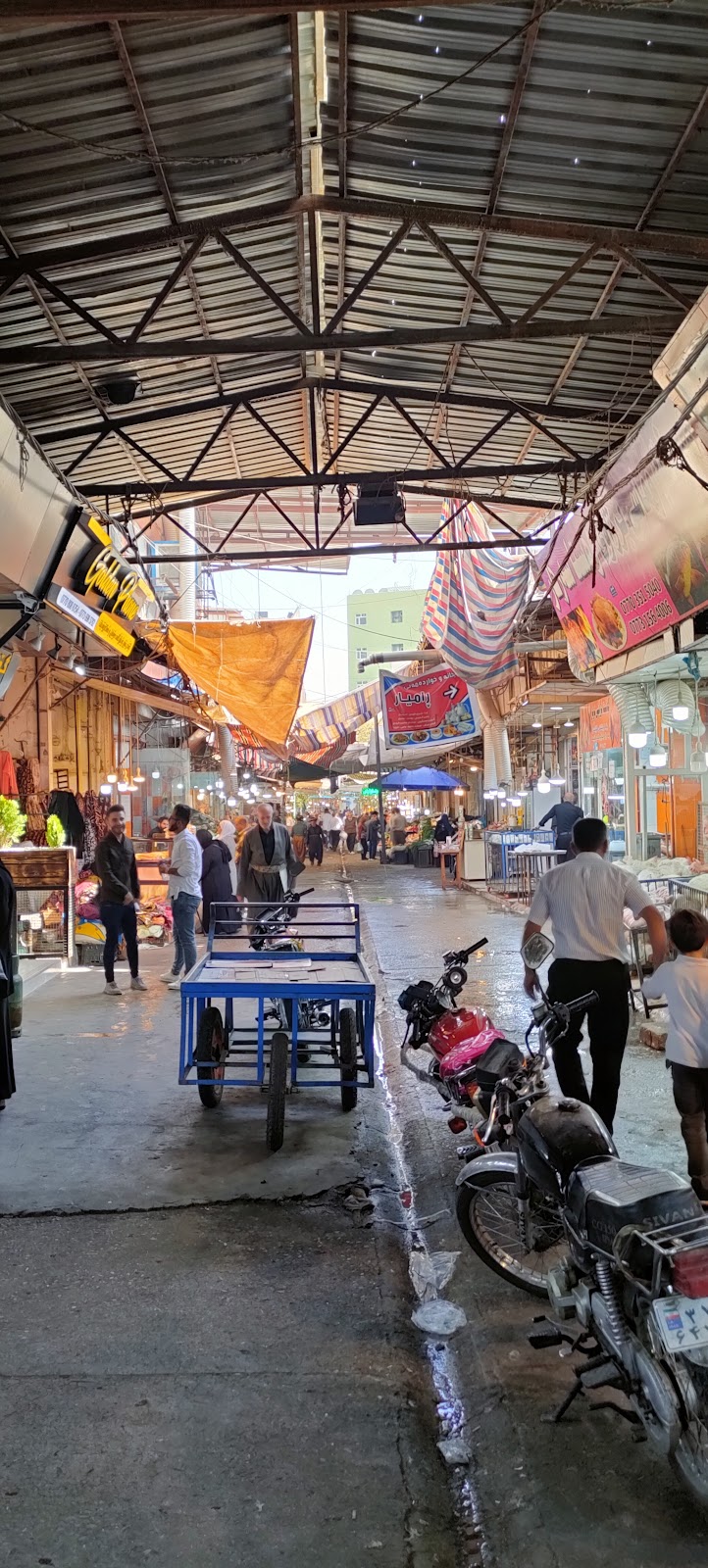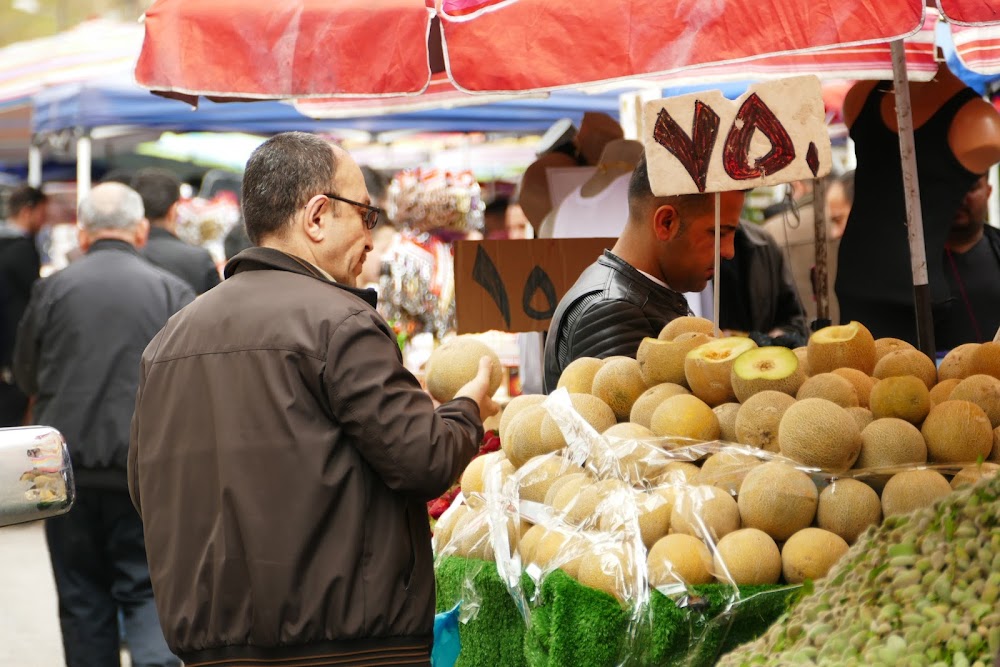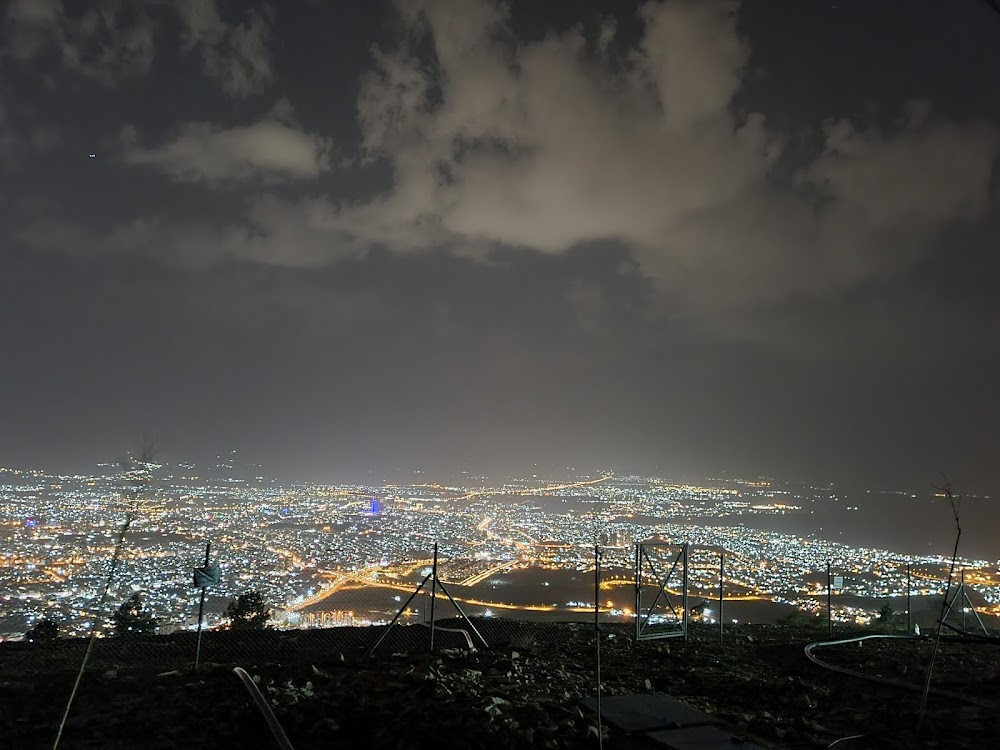Sulaymaniyah Bazaar (بازاڕی سلێمانی)
Overview
The Sulaymaniyah Bazaar, nestled in the heart of Sulaymaniyah city in Iraq, is a vibrant and bustling market that serves as a pivotal hub of commerce and culture for the local community. Known as the "Great Bazaar," it boasts a rich history that traces back to the founding of the city in 1784 by Ibrahim Pasha Baban. Over the years, this bazaar has evolved into a lively center where tradition meets modernity, showcasing the spirit of Kurdish culture.
Sulaymaniyah was established as the capital of the Kurdish principality of Baban and quickly emerged as a significant regional hub. The bazaar began as a modest gathering of small stalls and shops offering essential goods and local produce. Its strategic placement in the city center allowed it to flourish, attracting more traders and merchants, which significantly contributed to the economic vitality of Sulaymaniyah.
The layout of the bazaar is a fascinating tapestry of narrow, winding alleys lined with diverse stalls and small shops. Originally constructed with local materials such as bricks and wooden beams, the buildings reflect traditional Kurdish architectural styles. While some sections have seen modernization, much of the bazaar still retains its historical charm, offering visitors a glimpse into the past.
The bazaar underwent significant growth during the 20th century, bolstered by infrastructure improvements and increased regional stability. These developments facilitated more extensive trade networks, resulting in an influx of goods from various parts of Iraq and neighboring countries. Enhancements such as paved pathways, improved lighting, and organized vendor sections emerged during this period, transforming the shopping experience into a more enjoyable venture.
Inside the bazaar, you can discover a remarkable array of goods ranging from fresh vegetables and spices to traditional Kurdish garments and modern electronics. Different sections cater to specific types of merchandise, such as textiles with vibrant fabrics and beautifully crafted traditional clothing, or food areas bursting with the enticing aromas of fresh produce and baked delicacies.
Historically, the bazaar serves not only a commercial purpose but also acts as a social and cultural center. It is a gathering place where locals meet, exchange news, and engage in community life. The lively atmosphere is heightened by the calls of vendors, the chatter of shoppers, and the mingling scents of diverse foods and spices, creating a sensory experience that is hard to forget.
The bazaar is a true embodiment of Kurdish culture and heritage. Many shopkeepers run family-owned businesses that have been passed down through generations, ensuring that traditional trade practices and craftsmanship endure. Skilled artisans can be found throughout the bazaar, showcasing their techniques in carpet weaving, metalwork, and pottery, enriching the cultural landscape.
Despite facing historical challenges such as political upheaval and economic sanctions, the Sulaymaniyah Bazaar has remained a vital aspect of the city's identity. Efforts to preserve its historical significance have been implemented, recognizing that the bazaar is not merely a marketplace but a living museum of Kurdish culture.
Today, the Sulaymaniyah Bazaar attracts not only locals but also tourists from around the globe. Visitors come to immerse themselves in its lively atmosphere, purchase unique handcrafted items, or simply soak in the rich cultural heritage it represents. The bazaar serves as a bridge between the past and the present, illustrating the resilience and enduring spirit of the people of Sulaymaniyah.
In conclusion, the Sulaymaniyah Bazaar stands as a testament to the strength and continuity of Kurdish culture and commerce. It is more than just a site for buying and selling goods; it symbolizes the city's historical journey and a cornerstone of community life. Whether you’re there to shop, explore, or immerse yourself in local culture, the bazaar promises a unique and unmissable experience.







